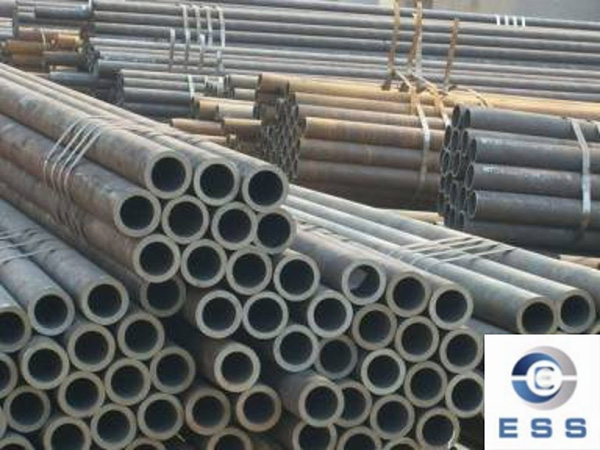What are most manufacturing defects in
seamless steel pipe?
Seamless steel pipes are an integral part of industrial processes and applications. They are used for transporting liquids, gases, and other materials under high pressure. seamless steel pipes are superior to
welded pipes in terms of strength and quality as they are made from one piece without any welding. The absence of a weld-joint makes them ideal for certain applications. However, even the best seamless steel pipes can have defects due to various factors such as material quality, workmanship, and manufacturing process. In this article, we will discuss the most common manufacturing defects in seamless steel pipes.

Surface Defects
Surface defects are among the most common issues found in seamless steel pipes. These defects occur when the surface of the seamless steel pipe is irregular or contains ridges, pits, cracks, or other imperfections. Surface defects usually occur due to improper material selection, incorrect temperature control during the tightness testing procedure, or improper material finishing.
Incontinuity Defects
Seamless steel pipes may also have discontinuity defects such as poor penetration, misalignment of the pipes, and incomplete fusion. Poor penetration happens when the filler metal is not processed correctly which results in incomplete welding. Misalignment occurs when the pipes are not held properly during the welding process, leading to unsatisfactory results. Lastly, incomplete fusion occurs when the base metal and filler metal do not completely merge during welding, resulting in porous areas and weak spots.
Internal Defects
Internal defects may also be found in seamless steel pipes. These defects include lamination, variations in wall thickness, and voids. Lamination is an issue caused by improper heating which results in layers of the material being stuck together. Variations in wall thickness occur when the pipes are not manufactured uniformly. Voids are air pockets that form inside the material and can cause it to become brittle.
Corrosion
Corrosion is another defect that may be found in seamless steel pipes. It occurs when the pipe is exposed to a corrosive environment and is not coated or treated properly. This can lead to rusting, pitting, and other forms of corrosion that weaken the pipe and compromise its structural integrity.
Material Defects
Material defects can also occur in seamless steel pipes. These include flaws in the chemical composition of the material, inclusions, and segregations. Flaws in the chemical composition happen when the material has been contaminated with impurities or hasn’t been properly melted or alloyed. Inclusions are particles or objects that have accidentally been included in the material while segregations refer to impurities in the material that aren't evenly distributed.
Seamless steel pipes are widely used in many industrial applications due to their superior strength and quality. However, even the best seamless steel pipes can still have defects due to manufacturing processes, material quality, and other factors. In this article, we discussed some of the most common manufacturing defects in seamless steel pipes such as surface defects, discontinuity defects, internal defects, corrosion, and material defects. These defects can reduce the quality and strength of the pipe, so it is important to inspect seamless steel pipes regularly and take measures to avoid and fix these defects.













 Eastern Steel Manufacturing Co.,Ltd not only improve product production and sales services, but also provide additional value-added services. As long as you need, we can complete your specific needs together.
Eastern Steel Manufacturing Co.,Ltd not only improve product production and sales services, but also provide additional value-added services. As long as you need, we can complete your specific needs together.










